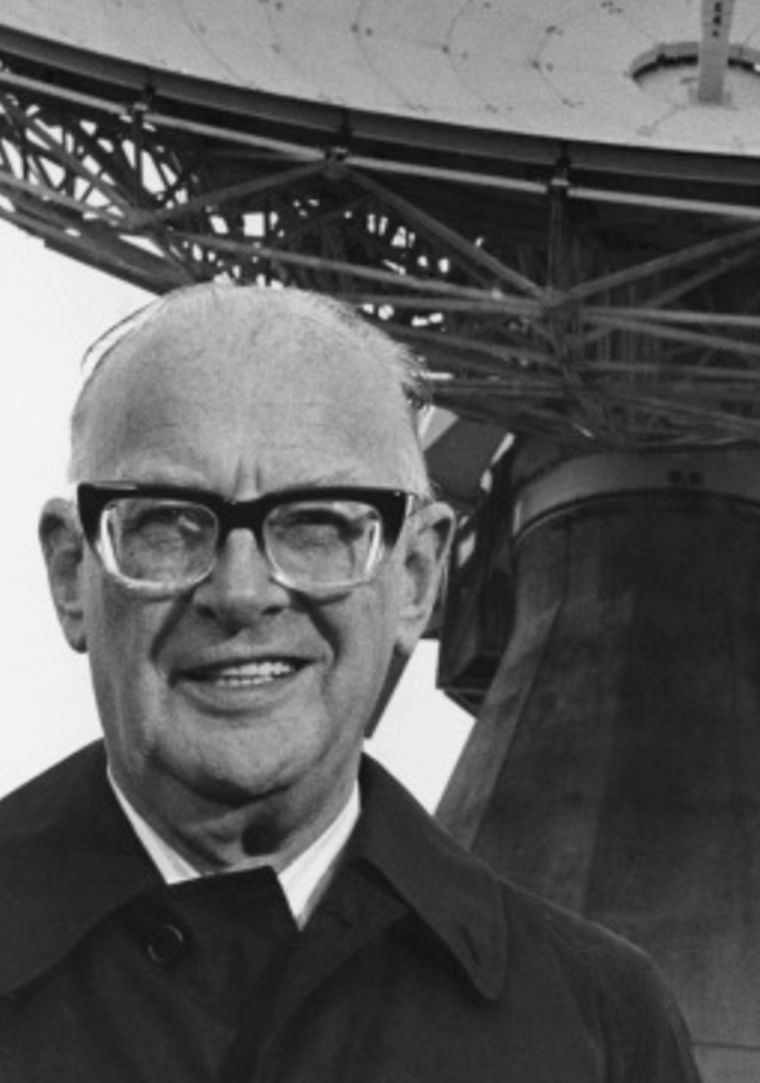Sunday, August 24.
VIDEO TAPE, VIDEO DISCS and video monitors, those miracles of modern home entertainment, make it possible for everyone to put on a show. Expo visitors can stand and watch televised presentations at such national pavilions as:
● Pakistan. The colour in the eight-minute videotaped slide show, The Beauty of Pakistan, washes out badly on its large-screen television monitor. There is also a standard-sized monitor in the 21-seat Khyber-to-Vancouver bus that features a continuous eight-minute examination of General Motors facilities in the West Asian nation.
● The Philippines. The console TV in a native living room display is tuned to an uninteresting broadcast of the Asian Fiesta, an outdoor concert. The image is repeated, with consideribly less clarity, on a projection television screen above the display.
● Senegal. Fairgoers offended by that saucy Australian magazine full of topless bathing beauties should avert their eyes here. Song of Senegal is an American-made travelogue that forms part of this West African nation's continuous, single-screen video presentation. It contains scenes of bare-chested native dancers energetically performing for the customers of a European-style nightclub in downtown Dakar.
● Sri Lanka. Six years ago [1981] , this Asian island nation’s most famous resident, science-fiction writer Arthur C. (2001: A Space Odyssey) Clarke, participated in the making of The Communications Revolution, a three-part television series on mass media technology. Its 20 minute-long episodes are shown here several times daily on a big-screen TV.
● Thailand. Video monitors arranged in banks offer background information on the pavilion’s static displays. The largest grouping (nine screens) tells the story of Suphannahong — “the Golden Swan” — the South-East Asian monarchy’s 46-metre Royal Barge.
The above is a restored version of a Province review by Michael Walsh originally published in 1986. For additional information on this archived material, please visit my FAQ.
Afterword: The cinematic feast had come to an end. The above piece was more of a footnote than a feature, a way of tying up loose ends. Video was a small nation’s default option, the least expensive way to put on a show. Because I was a film critic focused on the movies, I missed the bigger picture hinted at in the smaller pavilions: that our Vancouver world’s fair was a living example of Marshall McLuhan’s “global village.” It was a new reality made possible by electronic technology, and in particular the geosynchronous satellites first launched in 1964. That point was made quite directly at the tiny Sri Lankan pavilion, where producer-director David Kennard’s obscure British TV series The Communications Revolution featured scientist and science-fiction writer Arthur C. Clarke, the most prominent early champion of geostationary orbits for communications satellites. (The British-born Clarke had made Ceylon, which later became Sri Lanka, his permanent home in 1956.)
Historians of the modern world’s fair tell us that the phenomenon has passed through three distinct “eras.” The first, running from 1851 to 1938, was the age of “Industrialization,” a time when nations dazzled one another with their scientific and and technological brilliance. From 1939 to 1987, the emphasis was on “Cultural Exchange,” with the fairs adopting such themes as Building the World of Tomorrow (New York, 1939) and Man and His World (Montreal, 1967). Vancouver’s Expo 86, with its theme of Transportation and Communication: World in Motion - World in Touch, was the last of its era. Beginning with Brisbane’s Expo 88, such international events became exercises in “Nation Branding.”
Meanwhile, back at the communications revolution, we now live in a historic moment that was the stuff of science fiction just 30 years ago. Our new normal includes huge, flat screen televisions in our homes, machines that give us immediate access to the entire global village. A bomb explodes in New York City (or Islamabad, Dakar or Bangkok), and we have pictures captured by security cameras or personal telephones. Analysis and commentary is provided by experts sitting in studios around the world, or in their homes using something called Skype. And we’re invited to talk back to them via the Internet. As it turns out, Expo's cinematic feast was merely the appetizer for today's all-you-can-watch video buffet.
See also: The eight articles included in this, the fourth of four Expo 86 special reports, explore the pavilions of:
|
31: Expo 86 CP/GM (Bob Rogers) 32: Expo 86 Telecom Canada 33: Expo 86 Air Canada/CNR 34: Expo 86 Islam/Christianity |
